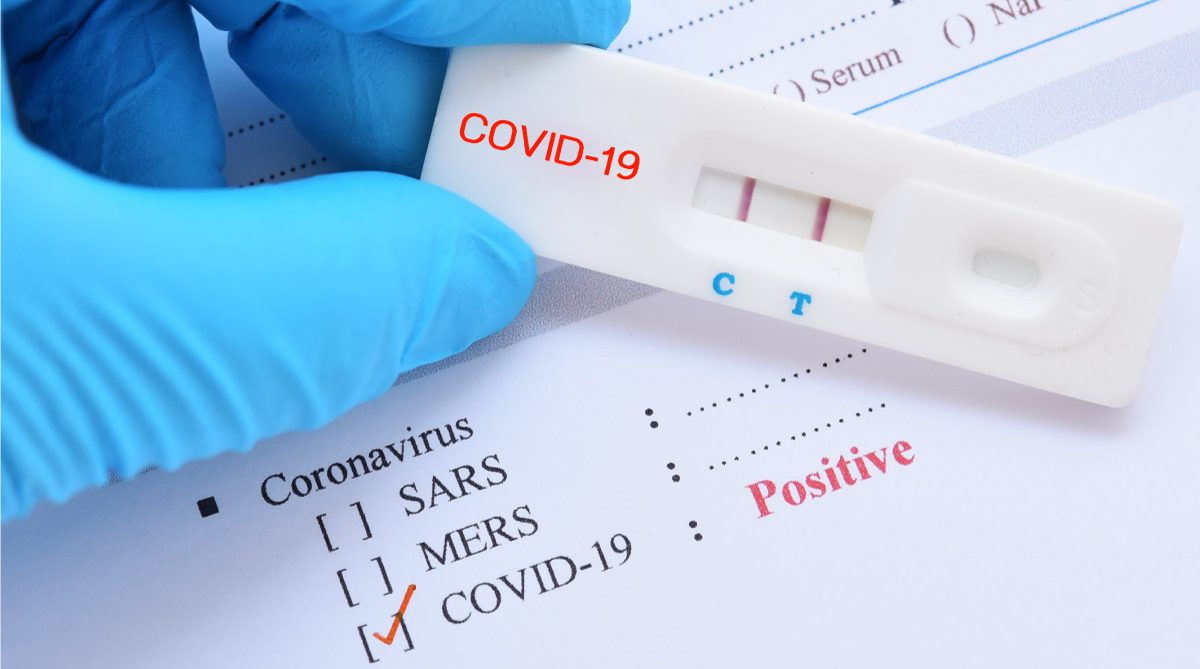- What the country was anticipating ever since the second Covid wave scorched in April-May last year is unmistakably upon us going by the exponential growth of test positivity rate (TPR). In a mere span of ten days, the confirmed infection cases are nearing a lakh per day amply suggesting the third Covid wave is on. If the projected model on the infection by the experts is to come true, the country is expected to witness over 20 lakh cases per day. Looking around would reveal the projected number appears modest taking into consideration our population density and the still large number of eligible people yet to receive the vaccination doses.

PC: FNHA
- The United States of America is reporting mind-boggling one million cases per day, and France reported a staggering three lakh plus cases recently too. Of course, the Indian experience over the past two Covid waves will aid the Governments in making informed decisions. If the national lockdown defined the first wave, the devastating second wave laid bare our inadequate healthcare infrastructure resulting in humongous loss of precious lives. However, the benefits of experience should shape responses to the recent surge in infections as states and municipal corporations prepare to cope with the third wave.
- The inflection point in the current surge took place a few days back when the daily caseload increased by 46% in a day to touch 9184 on December 28. Now, the daily positivity rate has jumped to 4.18% from just 0.73% a month ago signifying the high-speed transmissibility of the virus. As if on cue, many states have responded by curbing mobility, the bluntest instrument available in their toolkit. Note that Delhi has a night curfew in place which will be supplemented by a weekend curfew. So does Karnataka. Tamil Nadu too has opted for a night curfew along with a full lockdown on Sundays.

PC: Ritesh K Srivastava
- West Bengal government has already limited flights from Delhi and Mumbai to three a week. The silver line is the comforting signal emanating from medical and scientific experts after observing the trajectory of the Omicron variant elsewhere that it may be milder as compared to the deadly Delta. But exercising caution alongside diligently observing Covid’s appropriate behavior is inescapable though. Moreover, around 65% of the adult population is fully vaccinated and over 8 million children in the 15-18 age group have been administered a single dose provides some comfort. As such, the combined impact of these differences calls for a more sophisticated approach by state governments.
- Resorting to partial curfews and lockdowns will only help in forcefully imposing a disproportionate cost on the most economically vulnerable segments and not curb infections. The only aim for governments from now on should be to ensure the healthcare infrastructure does not get overwhelmed with the deluge of cases. A smarter approach like using Covid bed vacancy as a measure to choose policy options would be wise. This should be aided by tighter enforcement of masking rules and capacity restrictions in public spaces will help states strike a fine balance between controlling the spread of infections and limiting its economic fallout. Needless to mention, India can neither afford to let its healthcare infrastructure collapse nor impose lockdowns. Let us hope we sail through this wave too.






